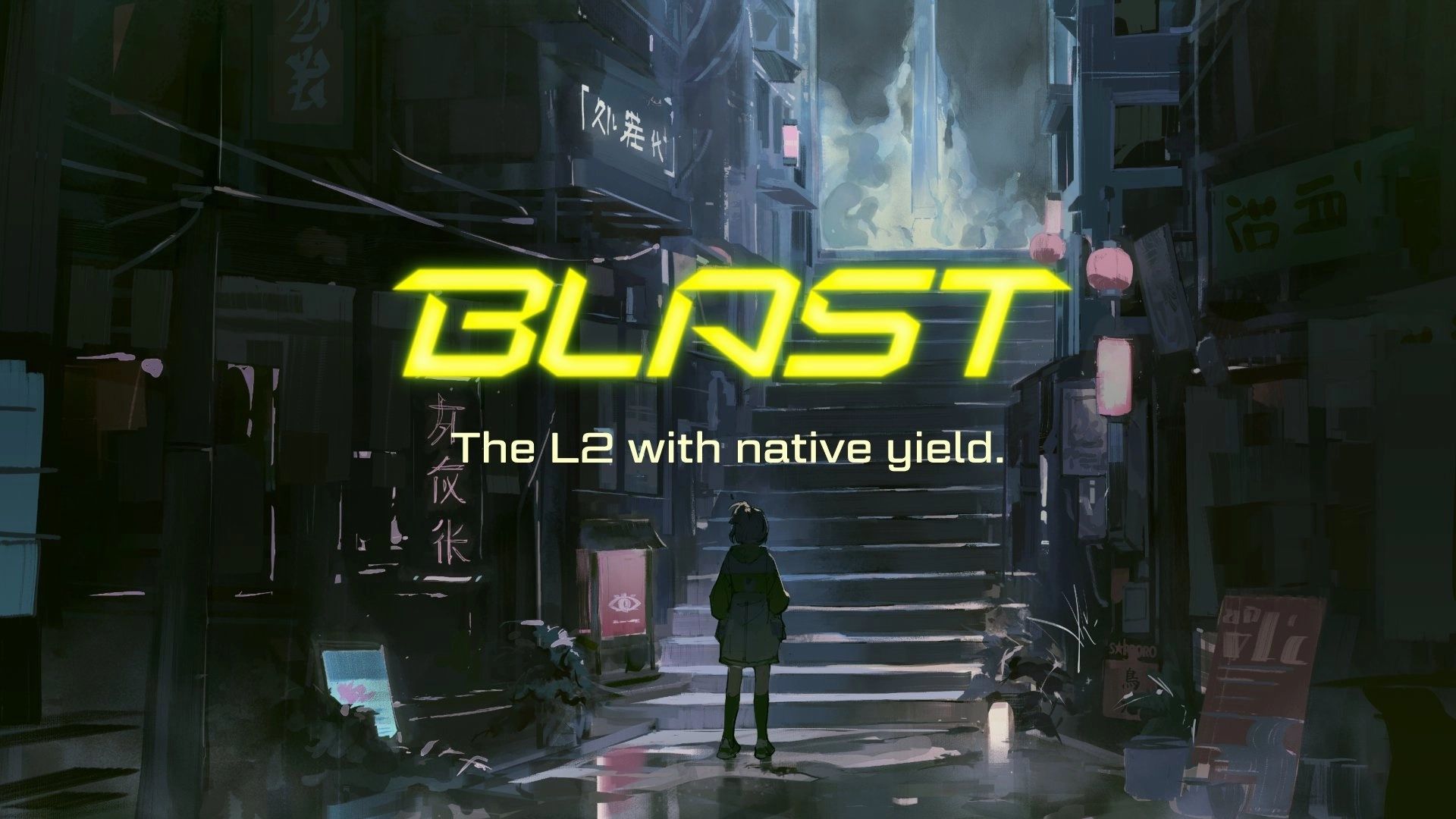The Passive Income trend is increasingly popular in the Crypto market with a variety of projects from platforms to DeFi protocols. In this article, let’s learn about how the project model works.
What are you waiting for? Let’s dive into the article about the increasingly popular Passive Income trend in the Crypto market.
Overview of Passive Income
What is Passive Income?
Passive Income roughly translates as Passive Profit. In everyday life, this factor is shown when people deposit money in the bank and this money will automatically earn interest without having to do anything, along with that. You don’t need to care about what the bank does to make a profit to pay you back. This factor is also partly true in the Crypto market but it has reached a new level.
If in a bank, depositing money into the bank to earn profit means that the amount of assets will be locked in the bank and nothing can be done, but with the Crypto market, profits continue to be generated but assets not locked.
Passive Income’s operating mechanism
Normally, Passive Income platforms in the Crypto market operate according to some basic steps as follows:
- Step 1: Users deposit idle assets into the platform.
- Step 2: The platform will hold this asset to put into profitable activities such as Staking, Lending & Borrowing, Liquidity Provision, Real World Assets,… and return to the user an asset representing the asset of users in the platform.
- Step 3: Users continue to represent assets on the platform for profit.
Passive Income Platforms in the Crypto Market
The market context lacks innovation
It can be said that today’s ecosystems with DEX, Lending & Borrowing, Derivatives, NFT, Web3 Game,… no longer attract cash flow and users. Therefore, if future platforms are to be born, they must have a sharp edge and be different. Some of the clearest stories we see are:
- Arbitrum is successful thanks to its focus on Perp DEX and the Ponzi ecosystem built on that same Perp DEX platform.
- Although Base has not been successful, it has also emerged thanks to focusing on SocialFi with its key card being Friend.tech.
- Some newly launched Blockchain platforms also enter their own niches such as Blockchain NFT, Blockchain Gaming,…
In such a context, it is clear that new platforms must have innovation and creativity to attract users.
In fact, if you look at the broader picture, the Passive Income factor has begun to creep into Stablecoin platforms with some typical examples such as:
Blast – Sparking the Passive Income trend

Blast does not use the concept of Passive Income but uses Native Yield. First, Blast is an Optimistic Rollup (Layer 2) platform on Ethereum built on Optimism’s OP Stack toolkit. Second, the model Blast offers to users is:
- When users deposit ETH into the Blast platform, this amount of ETH is automatically staking on Lido Finance for profit. So even if users leave ETH idle on Blast, they will still make a normal profit.
- When users deposit Stablecoins into platforms such as USDC, USDT, they will automatically be converted into sDAI – Maker DAO’s profitable product in the Real World Assets industry. Blast will send back users USDB representing their assets in the platform and use this Stablecoin in the Blast ecosystem.
In fact, if this alone cannot make users FOMO, Blast combines many other factors such as announcing the investment of many large funds, promising to have an Airdrop in the future, and especially the development team. Blast’s development also includes Founder of Blur – one of the platforms that had a huge airdrop in the past.
Not only stopping there to amplify and win quickly strategy, Blast also introduces the Refferal model with a maximum of 2 floors. All of the above factors in the context of not yet launching the Mainnet, Blast has received more than $600M in deposits into the platform.
Manta Network – Amplifies Blast’s model

Manta Network is a Layer 2 Blockchain platform that hopes to bring even more layers of profit to its users. The assets of Manta Network are ETH and USDC. The biggest difference between Manta Network and Blast is because if with Blast users only deposit money into a Multisig Wallet, Manta Network already has a functioning ecosystem first. Thereby ensuring safety for users.
The mechanism of action is as follows:
- When users send ETH to the platform, this amount of ETH will be transferred to the LSD StakeStone protocol and staking on Ethereum for profit. Users receive STONE representing their deposits and go to make profits.
- When users send USDC to the platform, this amount of USDC will be transferred to the Mountain Protocol – a RWAs platform specializing in buying US government bond products. Users receive wUSDM representing their deposits and go to earn profits.
Continuing are some differences such as for STONE and wUSDM, it can immediately earn more profits from more than 100 DApps on the Manta Network ecosystem with activities such as providing liquidity, lending, giving into Yield Aggregator protocols,… depending on each person’s strategy. So why did Manta build an ecosystem so quickly? In fact, previously Manta used to be a Layer 1 on the Polkadot ecosystem and was in a transition period.
In addition, STONE is a Token that uses LayerZero’s OFT technology so that Native can be moved to many different Blockchains.
Not stopping there, Manta Network also introduced the NFT, Points and Box models to the community, but I will not mention them in this article.
Review of Passive Income Platforms
Personal review of Passive Income
Passive Income is one of the next new niches that Layer 2 Blockchains use to create something new with the community and users. But it’s not necessarily true that Passive Income is the main and important factor that helps Blast or Manta Network successfully attract hundreds of millions of dollars from users. In my opinion, the biggest reason for users to deposit money into these platforms is the hope of a huge Airdrop.
In a long-term context, this cannot be a factor that attracts users because 4 – 5% is certainly not an attractive rate given the risks that users face in the DeFi market. both raised that number to 8 – 10%. So clearly, Passive Income only acts as a catalyst to refresh the story.
Real World Assets act as the Base Layer
I am seeing projects in the field of RWAs, especially projects related to US government bonds. Now, instead of struggling to reach users with low APR, these projects must also educate users about the product, safety and high liquidity of US government bonds.
Today’s RWA projects can completely move towards the B2B model instead of the old B2C. Projects integrating RWA products from Maker DAO, Ondo Finance,… also open up a new approach to this segment.
Summary
Layer 2 platforms are using Passive Income to attract new users and as a story to attract cash flow.


